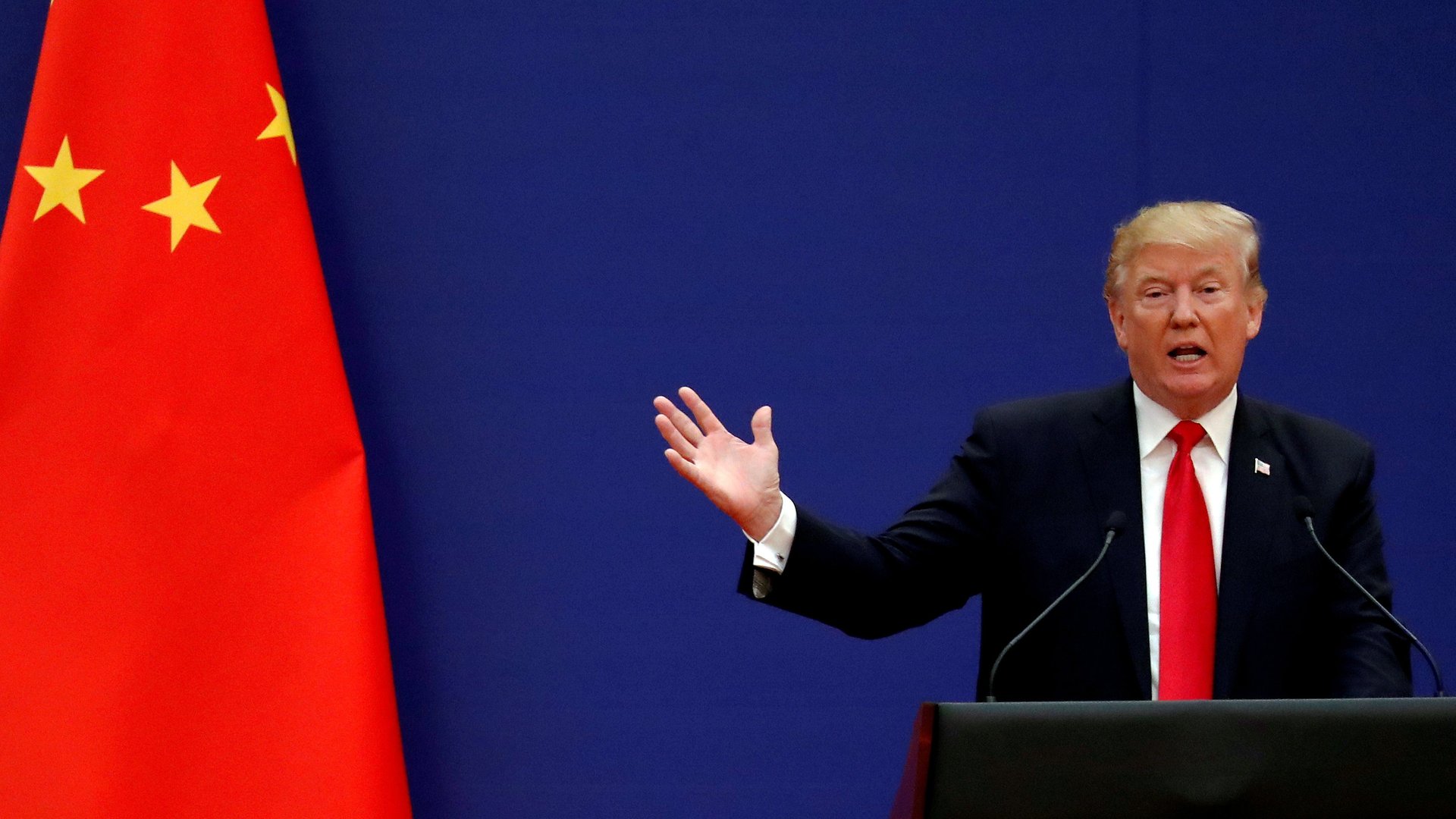Trump’s tariffs on China are doing the exact opposite of what they’re supposed to
Donald Trump’s tariffs on China are going great, the US president assured the world yesterday. “Their economy has gone down very substantially,” Trump said on Fox & Friends.


Donald Trump’s tariffs on China are going great, the US president assured the world yesterday. “Their economy has gone down very substantially,” Trump said on Fox & Friends.
The numbers tell a different story. In September, Americans bought $34 billion more worth of Chinese goods than they sold in return, according to data from China’s customs agency published this morning. That’s the biggest monthly trade surplus the Middle Kingdom has ever run with the US.
“Ummm…record trade SURPLUSES for China weren’t supposed to be the outcome of the US-China trade war,” says Trivium, a Beijing-based research firm, “but so far the Trump administration’s policies are leading to a strong dollar and surging Chinese exports.”
Indeed, the country’s exports to the US were up 14% from September 2017, while its purchases of American goods fell by 2%, compared to the same period a year ago.
Even if this trend isn’t the desired effect, the tariffs are probably responsible for some of it. Analysts suspect that US importers of Chinese goods are stocking up on orders in an attempt to get ahead of steeper tariffs. The 10% tariffs Trump imposed on an additional $200 billion worth of Chinese goods in late September jump to 25% on January 1, 2019. So it stands to reason US importers were trying to plan ahead.
And to be fair, the fact that exports to the US grew at about the same rate as China’s exports to the rest of the world hints that Trump’s tariffs had some impact, according to a note from Julian Evans-Pritchard, economist at Capital Economics. Historically, China’s exports to the US have usually grown at a faster pace than its exports to other countries.
Of course, there is probably more pain yet to come for China’s exporters. For one, the latest round of Trump tariffs took effect only in second half of September, notes Freya Beamish, chief Asia economist at Pantheon Macroeconomics. Other indicators—notably the purchasing managers index—suggest a drop-off in export demand that may start showing up soon.
But at the moment, the primary conclusion to draw is that the US-China trade war isn’t yet hurting China all that much, says Evans-Pritchard: “This is a reminder that, for now at least, the main headwind to China’s economy remains the domestically driven slowdown in credit growth.” And despite what he might claim, Trump’s policies have zilch do with that.